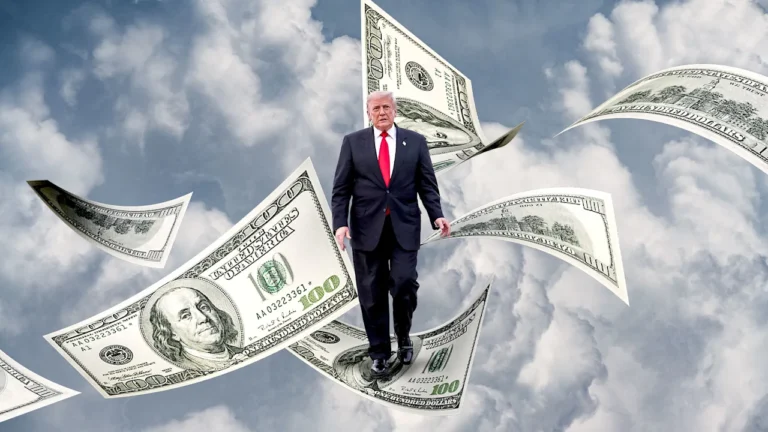
This weekend, U.S. travelers began to feel the initial impact of flight reductions mandated by the Federal Aviation Administration (FAA), a plan designed to help compensate for the understaffing of air traffic controllers due to the ongoing government shutdown.
On Sunday, more than 13,000 U.S. flights were canceled or delayed, and things are only going to get worse this week as the total percentage of flights reduced each day is mandated to reach 10% of all U.S. air traffic by Friday.
But the pain might not end there.
Now, the U.S. transportation secretary has warned that air traffic could slow to a trickle ahead of the Thanksgiving holiday. Here’s what you need to know.
What’s happened?
Last week, the FAA issued an order mandating that airlines begin reducing the number of flights they operate each day. The reason for this order is to lessen the burden on airports and their air traffic controllers, all of whom have not been paid in over a month due to the ongoing government shutdown.
This lack of payment has led to air traffic controller staffing shortages, as many controllers have taken on other jobs to help pay the bills while their checks are on pause. Fewer air traffic controllers increase the safety risk in the skies. One way to help mitigate that risk is to reduce flights.
And that is exactly what the FAA announced last week.
On Friday, the first phase of those reductions went into effect, with airlines ordered to reduce flights by 4% over the weekend. That percentage will grow in steps throughout the week to 10% by this Friday. But even the 4% reduction has already led to significant disruptions this weekend.
According to data from flight-tracking service FlightAware, on Sunday, there were a total of 10,477 flight delays into, out of, or within the United States. Additionally, another 2,952 US flights were canceled, with the FAA’s mandated reductions likely contributing significantly to that number.
Tomorrow, FAA-mandated flight reductions will increase to 6%, rising to 8% on Thursday, and 10% on Friday.
However, it might not end there if the government shutdown drags on. Transportation Secretary Sean Duffy recently told Fox News that reductions could reach 20%, without giving a timeline for that number.
Thanksgiving travel warning
But the bad news surrounding U.S. air traffic doesn’t end there. As noted by CNBC, on Sunday, Duffy told CNN’s State of the Union that air travel in America is “only going to get worse” ahead of the Thanksgiving holidays.
Thanksgiving is on Thursday, November 27, this year—a little more than two weeks away. Many people begin traveling for their Thanksgiving holidays earlier in the week. It is one of the busiest travel weeks in America.
“The two weeks before Thanksgiving, you’re going to see air travel be reduced to a trickle,” Duffy said, adding that many Americans “are not going to be able to get on an airplane, because there are not going to be that many flights that fly if this thing doesn’t open back up.”
The “thing” Duffy is referring to is the federal government.
The government has been shuttered since October 1 in what is now the longest U.S. government shutdown in history, in a fight primarily over the funding of healthcare subsidies for millions of Americans.
The Trump administration and Republicans don’t want those needed subsidies renewed, while Democrats support renewing them so cash-strapped Americans can continue to pay for their healthcare.
Hope on the horizon?
Duffy has previously claimed that the FAA-mandated flight reductions “isn’t about politics” but safety.
Yet reducing the number of flights in America could serve to add pressure on Congress to reach a deal to reopen the government, as public anger and frustration over air traffic disruptions mount.
Still, there is no doubt that the fastest resolution to America’s air traffic rut is by reopening the federal government and getting paychecks back to air traffic controllers. And that’s why there may be hope on the horizon.
Last night, the Senate advanced a bipartisan deal that would see the U.S. government reopened. But the deal, which does not protect Americans’ access to healthcare subsidies, still needs to be passed by the House and then signed by President Trump. There’s no guarantee either one of those things will happen, however.
Even if an agreement on the new bill could be reached relatively quickly and signed into law, a return to normal air traffic over U.S. skies could still take weeks, causing headaches during the Thanksgiving travel period ahead.

